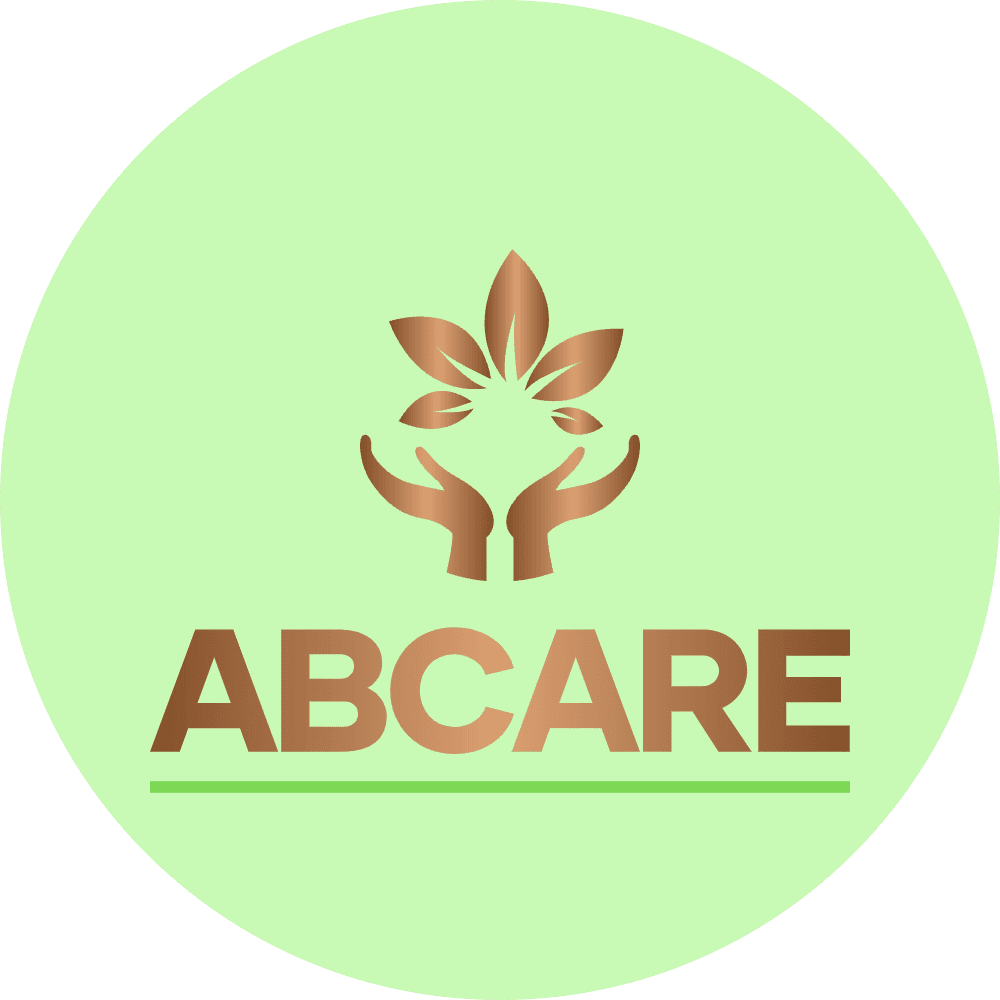
The Power of Positive Reinforcement in ABA Therapy

How Abcare Services helps children and adults learn, grow, and thrive through encouragement and motivation
At Abcare Services, we believe that every individual has the potential to learn and succeed when they’re supported in the right way. Applied Behavior Analysis (ABA) therapy is built on that belief — and one of its most powerful tools is positive reinforcement.
Positive reinforcement is more than just “giving rewards.” It’s a science-based strategy that shapes lasting behavior change by focusing on what people do well and encouraging them to do it again. When used correctly, it creates meaningful progress, stronger relationships, and a greater sense of accomplishment for our clients and their families.
What Is Positive Reinforcement?
Positive reinforcement means adding something enjoyable or meaningful after a desired behavior so that the person is more likely to repeat it in the future.
For example:
- When a child says “help me” instead of crying, they get access to the item they wanted.
- When a teen completes a task independently, they earn praise or extra free time.
- When an adult greets a peer appropriately, they receive positive attention and encouragement.
These small, consistent experiences of success teach the brain that positive actions lead to positive outcomes. Over time, that learning becomes natural, helping individuals gain independence and confidence.
Why It Works
Unlike punishment or constant correction, positive reinforcement focuses on what we want to see more of, not what we want to stop.
It:
- Builds trust and motivation between the learner and therapist.
- Promotes intrinsic motivation — doing the right thing because it feels good.
- Encourages consistency across home, school, and community settings.
- Makes learning fun, meaningful, and rewarding.
When individuals feel successful, they’re more open to trying new things, communicating, and engaging with others — all key goals in ABA therapy.
How Abcare Services Uses Positive Reinforcement
At Abcare Services, positive reinforcement is woven into every session — whether we’re teaching communication, social, self-help, or vocational skills. Our therapists use reinforcement thoughtfully and individually, based on each person’s unique strengths, needs, and interests.
Here’s how we do it:
1. Preference Assessments
We identify what motivates each person — favorite toys, snacks, activities, songs, or social praise. Reinforcers can be tangible (stickers, tokens) or social (high-fives, smiles, verbal praise).
2. Individualized Reinforcement Plans
Each treatment plan includes strategies for using reinforcement effectively — the type, timing, and delivery are all tailored to support learning while maintaining dignity and autonomy.
3. Immediate, Specific Feedback
Therapists provide feedback right after the target behavior:
“Great job asking for a break using your words!”
“I love how you waited your turn!”
This helps connect the action and the outcome clearly and powerfully.
4. Natural Environment Teaching
Reinforcement isn’t just given at a table — it happens during play, meals, and community activities. Real-life learning helps clients generalize new skills to different settings.
5. Fading Reinforcement
As skills strengthen, we gradually reduce external rewards and replace them with natural reinforcers like social approval, success, or independence.
Positive Reinforcement at Home
We empower families to use the same approach outside of therapy.
Here are some easy ways parents and caregivers can practice positive reinforcement every day:
- Catch your child being good. Notice and praise appropriate behaviors as soon as they happen.
- Be specific. Instead of “good job,” say “I like how you cleaned up your toys without being asked.”
- Use natural rewards. Time with a favorite activity, verbal praise, or a smile can be just as powerful as a tangible reward.
- Stay consistent. Reinforce the same behaviors across different settings — home, school, community.
Small, steady reinforcement builds strong habits over time.
Reinforcement Across All Ages
Positive reinforcement is effective for children, teens, and adults with autism or developmental disabilities.
- For younger children, it encourages language and play.
- For teens, it supports social skills, organization, and emotional regulation.
- For adults, it promotes independence, community participation, and job readiness.
At Abcare Services, our programs — from early intervention to adult day habilitation — are designed around these principles to promote lifelong success.
The Abcare Services Difference
What sets Abcare apart is our commitment to compassionate, person-centered care.
Our Board Certified Behavior Analysts (BCBAs) and trained therapists ensure that every session is positive, purposeful, and progress-driven. We believe that learning should never feel forced — it should be empowering.
We focus on:
- Respect and dignity in every interaction.
- Motivation, not manipulation.
- Celebrating every achievement, no matter how small.
Every smile, every new word, every independent action matters — because each one represents growth and confidence.
Final Thoughts
Positive reinforcement reminds us of a simple truth: people learn best when they feel successful.
By focusing on strengths, celebrating effort, and reinforcing progress, we create an environment where growth feels natural and achievable.
At Abcare Services, we’re proud to use these principles every day to help individuals reach their full potential — one positive step at a time.
Reach Out Securely
Unlock your child's potential and embrace our personalized ABA therapy solutions today. Send us a message to start a meaningful journey towards growth and empowerment.
Contact Us
Office location
Aberdeen Township, New Jersey, 07747Give us a call
(888) 745-7457Send us an email
[email protected]